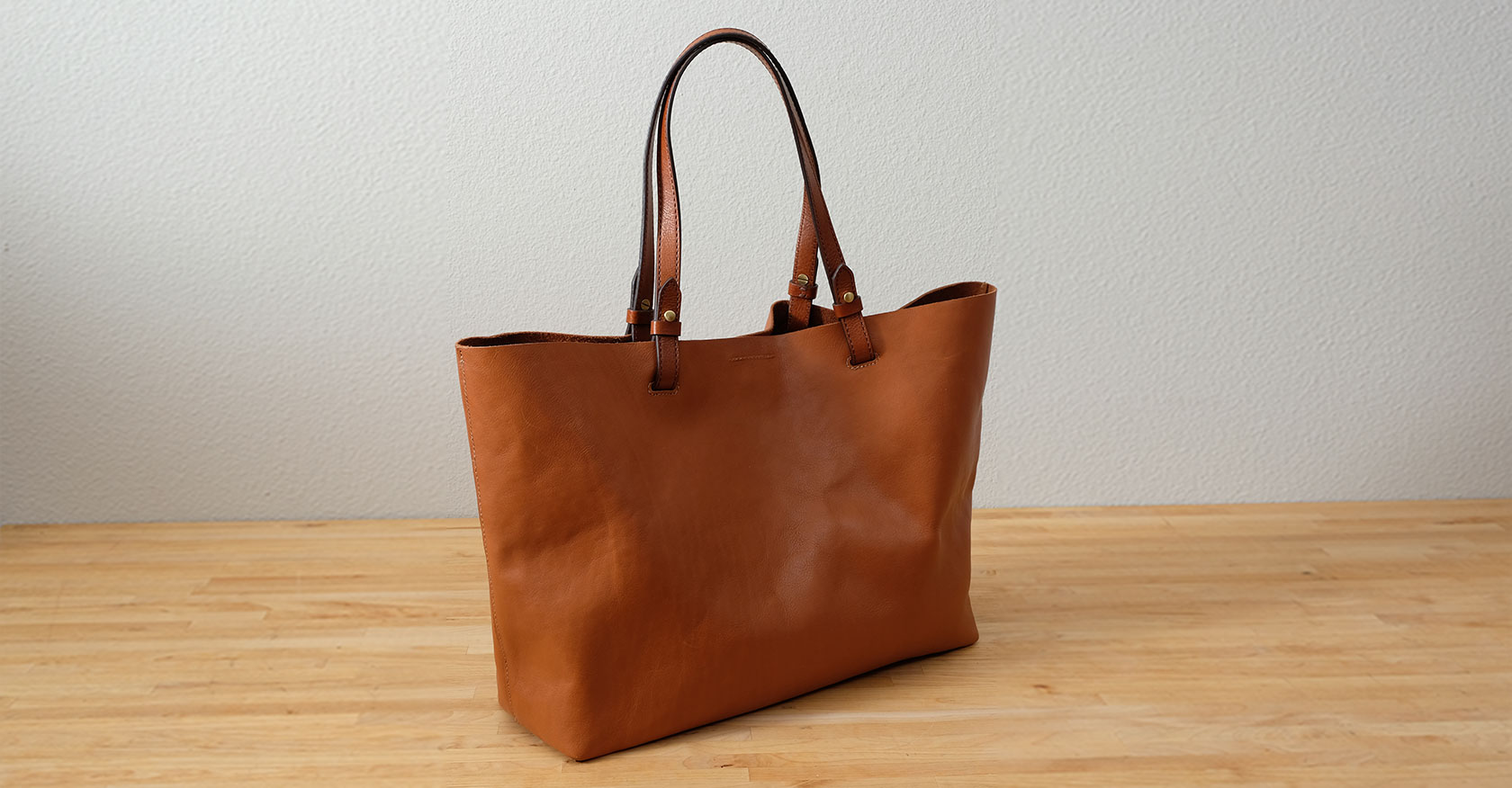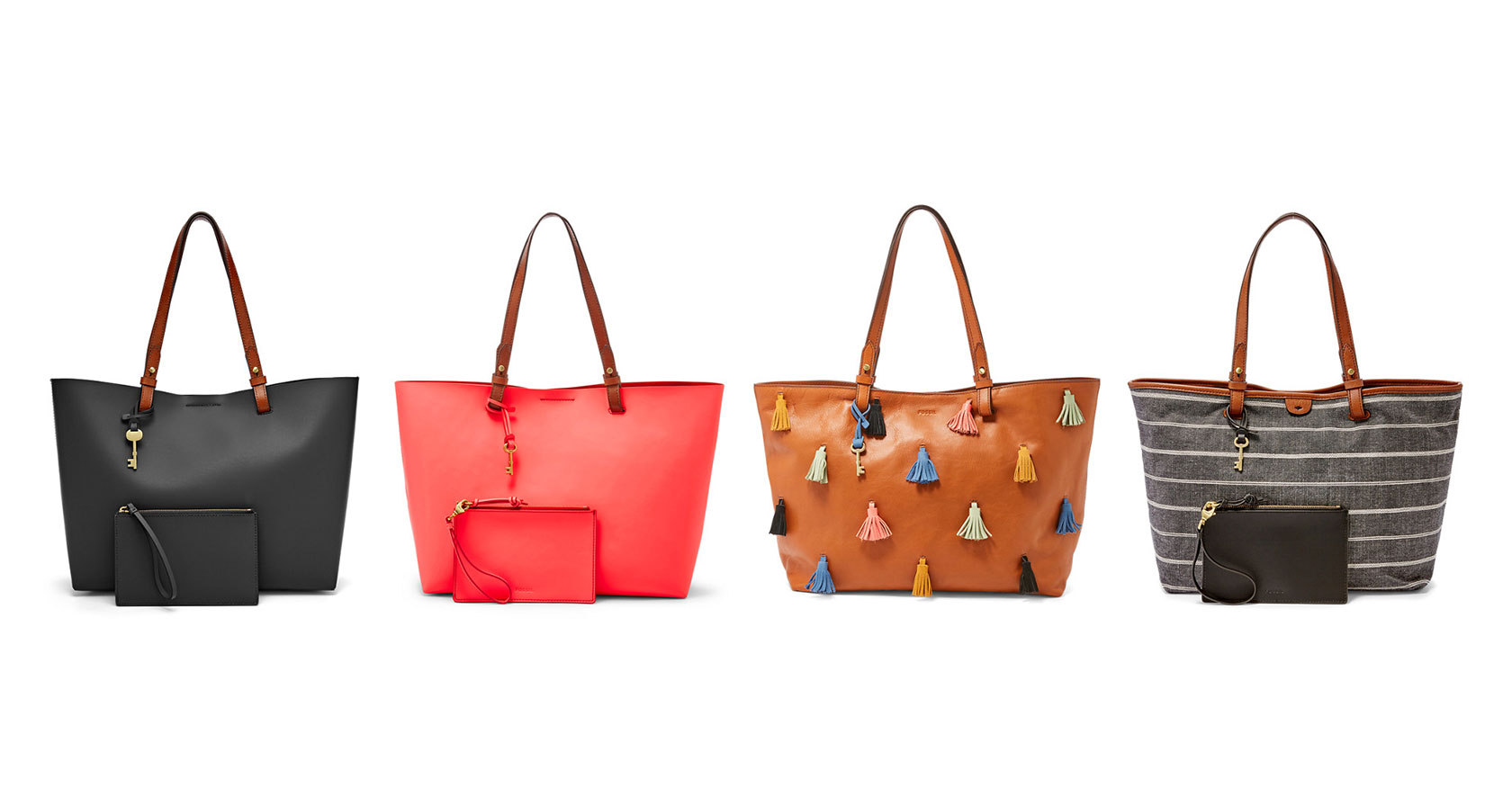It’s In The Bag
When I first transitioned from designing physical products to digital ones, many people noted that it seemed like a major career shift. But, as I have learned, many of the practices and processes that I used in my career designing handbags easily translated directly into user experience design. The only difference really is the medium.
The Process
Research
Any handbag design begins with defining the target customer (AKA the user) and determining her needs. Is this a bag for a new mother or a college student? Is she more concerned with security or accessibility? Does she need storage or something compact? We would then create boards to depict the customer (AKA personas) and write a brief to focus on features that customer might need, as well as constraints and budget targets.

Sketching & Iteration
After the initial research, we would sketch forms that would accommodate our customer and iterate on it, exploring various handles, pockets, stitching patterns, that would prioritize different features of the bag. In this case, our customer was interested in ways to customize or personalize the bag, so we focused on modular elements.

Prototyping
After settling on a general direction, we would create a first prototype, typically in paper or a heavy white fabric called salpa. Similar to wireframes, the purpose of this prototype was to get a general sense of function and proportion and ensure that all the pieces were in the right places. It was a tool for a designer to begin to visualize the form stripped of its details.

Sampling & testing
After making adjustments to the proto, we would send out for a sample. Like a clickable prototype, this would be functional, with pockets, lining, working hardware, and straps. However, it was still a work in progress. This sample would be given to a woman to wear-test for a couple weeks. We would ask about how the bag worked for her: Were the straps long enough? Were there enough pockets? Were the pockets big enough? How did the zippers work? We wanted to make sure that the bag fit her lifestyle before sending it into production.

Production
Then, we would refine. We would create variations and select details to create a system of related products to appeal to a range of customers: one for the woman who enjoys some whimsy, another for the woman who wants an easy, inexpensive fabric bag, another for the woman who likes a high-quality straightforward bag. Ultimately, we aimed to make a cohesive line of products that balanced these user needs with business goals.
